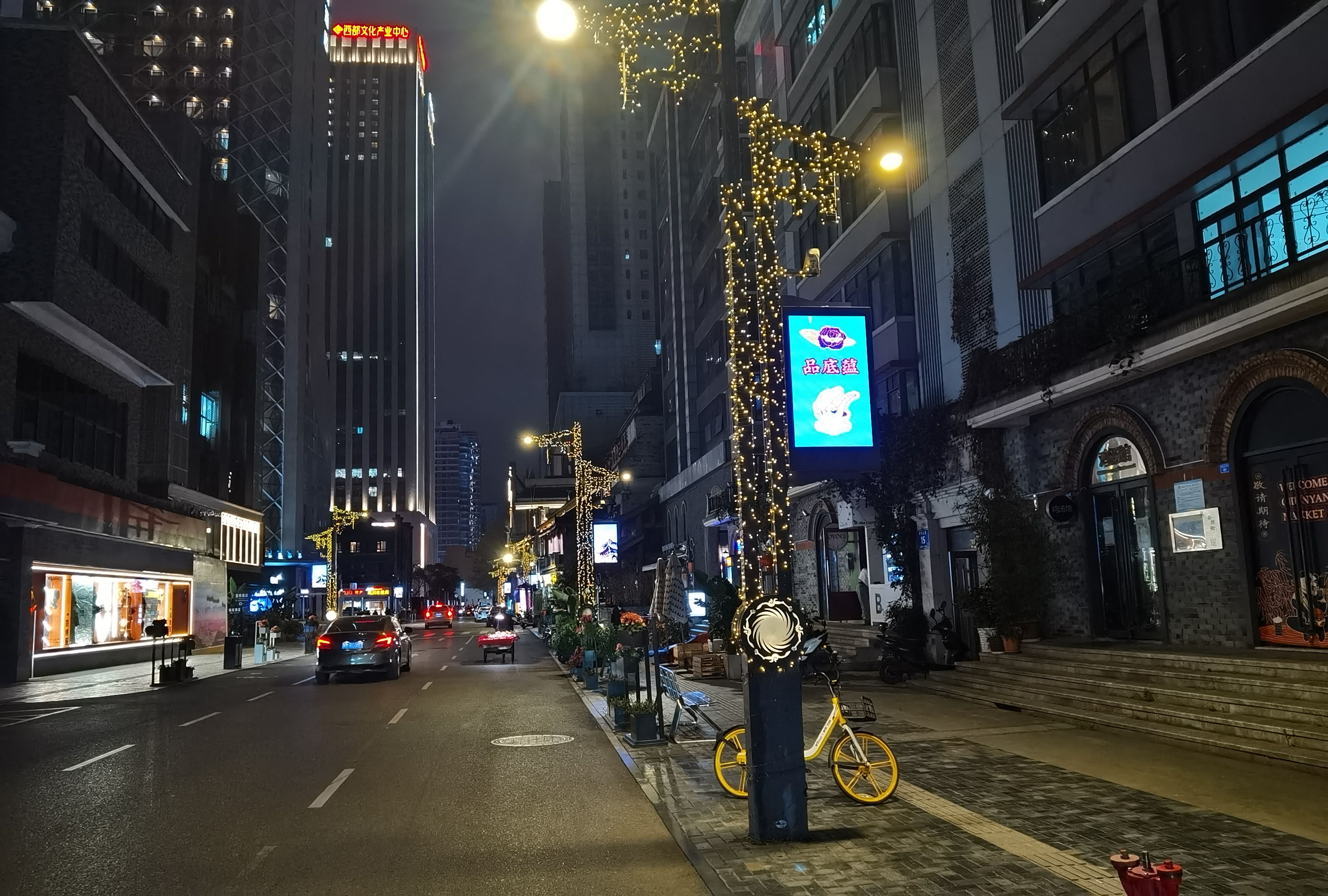Requirements for LED displays in sports stadiums:
Author: Huajiang
Date: 2024-03-30 09:25:12
Currently, there are numerous international and domestic sports events such as the NBA, Olympics, and UEFA European Championship, where LED screens have become ubiquitous in sports venues. LED large screen display systems have replaced traditional lighting and CRT displays, becoming essential facilities in modern sports stadiums. Today, let's understand the specific requirements for LED displays in sports venues.

High safety and stability: LED displays in stadiums are installed in public places where safety is paramount due to large crowds during sports events and major activities. Any malfunction or error can have significant consequences. Therefore, stable engineering quality is an objective requirement. Measures such as using fiber optic transmission to avoid signal attenuation and employing protective padding to prevent safety accidents can be taken. Dual power supply can also be used so that if one power source fails, another can automatically take over without affecting the normal display of the LED screen.
Support for diverse input interfaces:
Stadium LED screens need to support a variety of input interfaces to broadcast
live events, television programs, satellite TV, VCDs, DVDs, LDs, and various
homemade video signal programs. They should support various formats such as
PAL, NTSC, and display various graphic, text, and video information from
computers. They also need to be able to connect to referee systems and timing
and scoring systems to display real-time match time and scores.
Good flame retardancy, protection level,
and heat dissipation performance: Especially for outdoor sports events, LED
electronic displays need to consider the changing climate. For example, in
southern China, moisture resistance is emphasized, while in high-altitude
areas, cold resistance is important, and in desert regions, heat dissipation
needs to be considered.
Wider viewing angles and higher refresh
rates: LED screens in stadiums need to ensure the clarity of video displays,
especially when presenting athlete profiles, scores, slow-motion replays,
exciting scenes, and close-up shots during live broadcasts, considering whether
the audience can see clearly.
Selection of appropriate pixel pitch
according to viewing distance: For large outdoor stadiums, LED displays with
larger pixel pitches such as P6 and P8 are commonly used, while for indoor
venues with higher audience density and closer viewing distances, pixel pitches
like P4 and P5 are more suitable.



